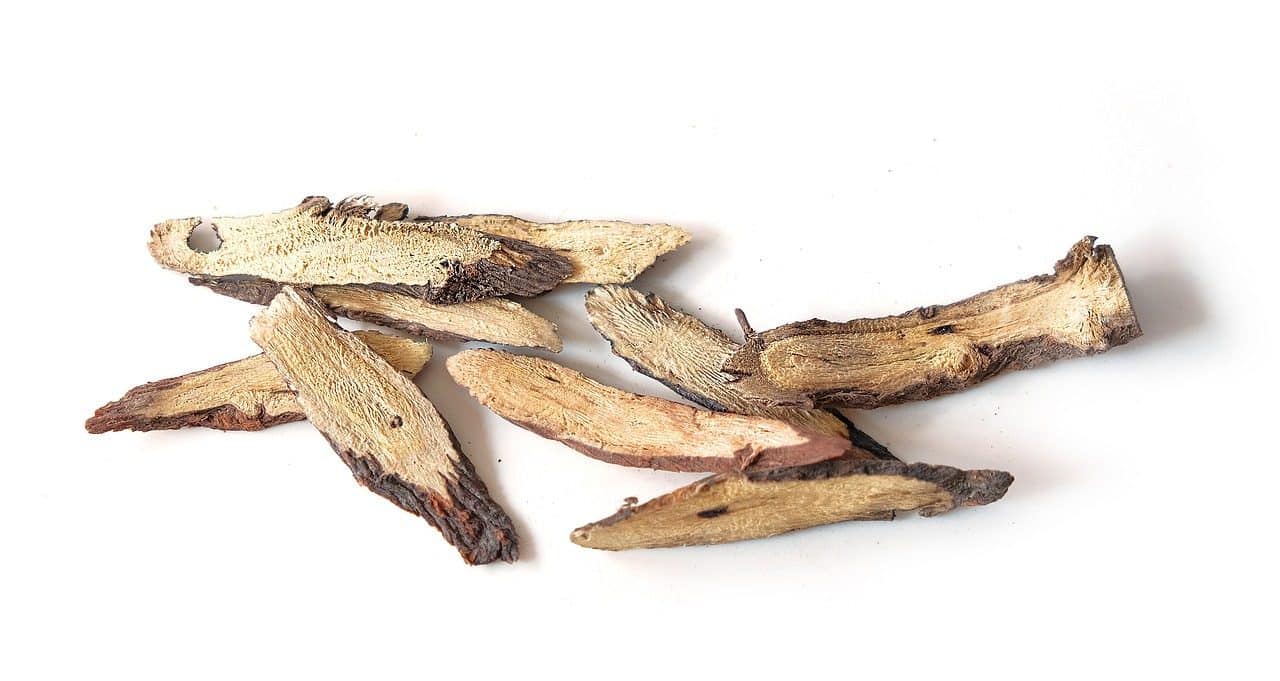
Licorice root is used in different ways.
Licorice is the common name for a plant whose scientific name is Glycyrrhiza glabra . It is a perennial plant that can measure up to one meter, with bluish flowers and a pod-shaped fruit.
Licorice is native to Asia and Europe , although it is currently cultivated in numerous regions of the world. This species is highly sought after as it is used in medicine , gastronomy and industry .
Use of licorice root
The licorice root can be used to make candies , drinks and desserts . Its flavor is bittersweet , similar to that of fennel and anise. The powdered root is also used to season savory dishes, whether fish, chicken and beef.
Orozuz is a sweet that is made from licorice. The root of the plant is combined with anise oil and other substances to create a gummy candy that is offered in different formats. In some European nations, ammonium chloride is added to caramel to make it taste salty.
In an episode of “The Simpsons” that in Latin America was known as “ Bart's Trap,” orozuz plays a central role since it dyes the tongues of the characters who consume it blue.
It should be noted that among the components of licorice is glycyrrhizin , a substance that can be toxic when ingested in excess or when it interacts with certain drugs. The appearance of edema, arrhythmia, cramps and headache are some of the symptoms of glycyrrhizin poisoning.

Sweets are made with licorice.
Its properties
Licorice is used for a large number of purposes, ranging from curing diseases to treating smoking cessation. Indeed, when a smoker who is trying to quit his addiction feels like smoking, he can calm the anxiety by sucking on a piece of licorice root. First of all, this action serves to reduce oral distress, but it also collaborates with the detoxification of the body and causing, little by little, the taste of tobacco to stop being attractive.
Regarding their properties against certain diseases and disorders, we can divide them into two groups: internal and external use .
Consume licorice as a treatment
Let's look at some of the cases in which licorice is beneficial if ingested:
- Depression : it is recommended to consume licorice in the form of an infusion (two cups per day), prepared by crushing a dry root and placing a small spoonful per glass of water to fight against depression , thanks to the fact that it has certain minerals such as magnesium and calcium, vitamin C, hydroxylated chalcone, betulinic acid, beta-carotenes and flavonoid isoliquiritigenin.
- Influenza : licorice has properties that inhibit the development of some viruses and bacteria, in addition to helping to increase defenses. Therefore, it is ideal for treating the flu. You should simply place one tablespoon per glass of water, as in the previous case, and consume this infusion a maximum of three times per day.
- Tuberculosis : thanks to its antibacterial properties, it can also help treat this disease, either by consuming it in the way described above, or by using it to sweeten other infusions.
Benefits of its external use
On the other hand, there are its benefits in external use, which are appreciated in cases of:
- Herpes : a rinse can be applied for a quarter of an hour to the areas affected by the shingles virus to speed up the disappearance of the sores and soothe the pain.
- Fungus : The treatment used for herpes also works against fungi, using gauze to avoid direct contact with other parts of the body.
- Psoriasis : although it is advisable to follow traditional treatments against this condition, licorice root extract enhances its effects and calms the discomfort.
